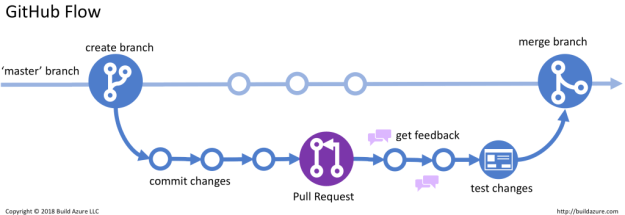The first quarter of the semester has come to a close. In CM-348 we have gone through a number of Git and GitHub features. Learning about pushing and pulling data, as well as doing some data cleaning was a great learning opportunity. As I finish my last year of school, I am trying to look at these processes in an analytical sense because that’s what I want to do moving forward.
In my free time over the past few weeks I have watched a lot of Alex The Analyst videos on YouTube. He has provided free knowledge on what it takes to become a data analyst. From interviews, to Git, to data visualization he provides a lot on his channel for people who want to learn. This week I watched his “2 Hour Data Analyst Masterclass” video. In this video, Alex breaks down what a data analyst interview process looks like from start to finish. He discusses what kinds of technical questions to expect, the importance of storytelling with data, and how to demonstrate value through projects or case studies. He also covers common interview mistakes, like not being able to explain one’s own projects clearly or failing to connect technical skills to business outcomes. This video was very insightful, he showed his viewers what skills you really need to get into the field, and it personally showed me some things I might need to work on.
I chose this resource because it’s directly relevant to where I am in my career path, as well as in my learning. I’m starting to build my portfolio and think seriously about interviews and job readiness. Alex’s advice helped me see how important communication is in data roles, it is more than being technically skilled, also being able to explain how your work impacts decisions. This connects to CM-348 because version control, documentation, and communication are key parts of the Git workflow. I am doing a bit of projecting here, but I look forward to watching more of his videos.
From the blog CS@Worcester – Tristan CS by Tristan Coomey and used with permission of the author. All other rights reserved by the author.








